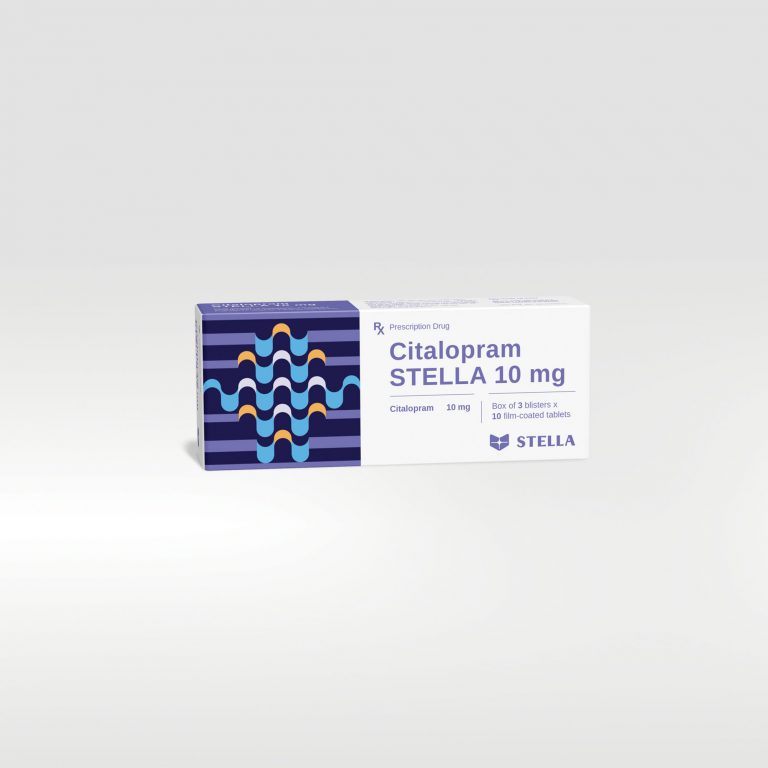Indications
- Major depressive episodes. Prevention of recurrence of major depressive episodes.
- Panic disorder, with or without agoraphobia.
- Obsessive compulsive disorder (OCD) in adults and paediatric patients aged 6 – 17 years.
- Social anxiety disorder.
- Post traumatic stress disorder (PTSD).
Dosage
Initial treatment
- Depression and OCD:
Started at a dose of 50 mg/day.
- Panic disorder, PTSD, and social anxiety disorder:
Therapy should be initiated at 25 mg/day. After one week, the dose should be increased to 50 mg once daily.
Titration
Depression, OCD, panic disorder, social anxiety disorder and PTSD:
- Patients not responding to a 50 mg dose may benefit from dose increases. Dose changes should be made in steps of 50 mg at intervals of at least one week, up to a maximum of 200 mg/day. Changes in dose should not be made more frequently than once per week given the 24-hour elimination half life of sertraline.
- The onset of therapeutic effect may be seen within 7 days. However, longer periods are usually necessary to demonstrate therapeutic response, especially in OCD.
Maintenance
- Depression:
Patients with depression should be treated for a sufficient period of time of at least 6 months to ensure they are free from symptoms.
- Panic disorder and OCD:
Continued treatment in panic disorder and OCD should be evaluated regularly.
- Elderly patients:
Elderly should be dosed carefully, as elderly may be more at risk for hyponatraemia.
- Patients with hepatic impairment:
The use of sertraline in patients with hepatic disease should be approached with caution. A lower or less frequent dose should be used in patients with hepatic impairment. Sertraline should not be used in cases of severe hepatic impairment.
- Patients with renal impairment:
No dosage adjustment.
Paediatric population
Children and adolescents with obsessive compulsive disorder:
- Age 13 – 17 years: Initially 50 mg once daily.
- Age 6 – 12 years: Initially 25 mg once daily. The dosage may be increased to 50 mg once daily after one week.
- Subsequent doses may be increased in case of less than desired response in 50 mg increments over a period of some weeks, as needed. The maximum dosage is 200 mg daily. Consideration when increasing the dose from 50 mg. Dose changes should not occur at intervals of less than one week.
- Efficacy is not shown in paediatric major depressive disorder.
- No data is available for children under 6 years of age.
Withdrawal symptoms seen on discontinuation of sertraline
- Abrupt discontinuation should be avoided. When stopping treatment with sertraline the dose should be gradually reduced over a period of at least one to two weeks in order to reduce the risk of withdrawal reactions. If intolerable symptoms occur following a decrease in the dose or upon discontinuation of treatment, then resuming the previously prescribed dose may be considered. Subsequently, the physician may continue decreasing the dose, but at a more rate.
Usage
- Lexostad 50 is administered orally, either in the morning or evening and can be administered with or without food.






